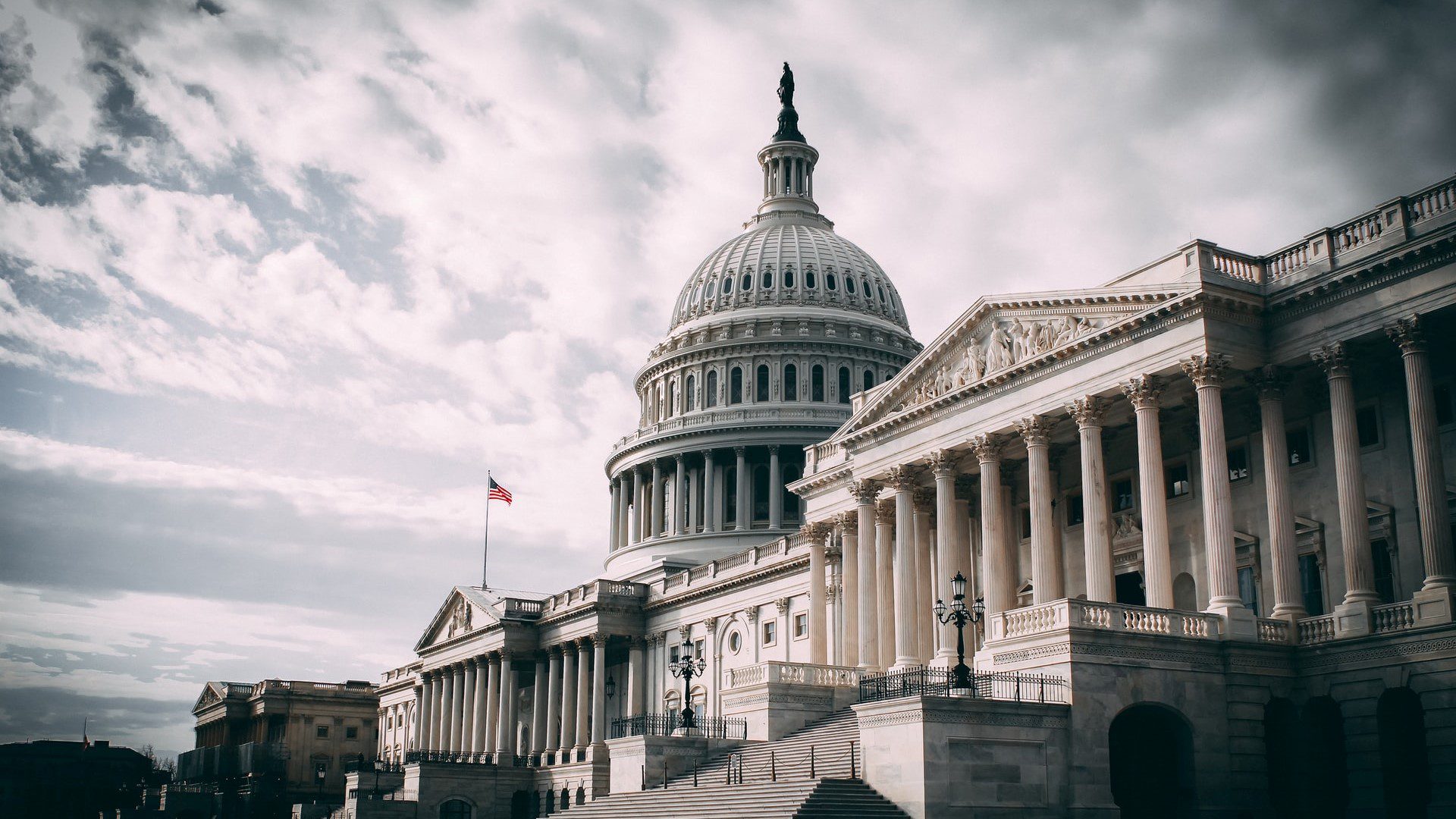Addressing the debt ceiling may have been pushed further down the road, but the root causes of America’s debt crisis need addressing without delay.
Of late, America’s debt crisis has been causing significant political turmoil. Much of this rests on a funding bill that passed the House of Representatives in September, with voting entirely along party lines. Attached to this bill was a rise in the United States debt ceiling, the legislative limit on debt incurred by the treasury. In the Senate, the bill needed to secure an unlikely minimum of 60 votes to avoid a filibuster. As it pertained primarily to government funding, failing to pass the bill in the Senate would have resulted in a government shutdown.
Ultimately, in order to avert an imminent shutdown, the Senate approved a deal to temporarily extend the government’s ability to borrow until early December. But as no plan can be agreed over the debt ceiling in the medium term, this is merely kicking the can down the road.
Why the debt ceiling has become a political football
Raises to the debt ceiling often enjoy large bipartisan support. However, at times, some party members use this as an opportunity to obstruct their political opponents. To this extent, opposition to raising the debt ceiling can sometimes have more to do with political grandstanding than genuine fiscal responsibility.
However, it is important to consider the level of hypocrisy both major parties engage in when it comes to the debt crisis and the debt ceiling. Both are fond of extravagant spending of taxpayers’ money when in power and fail to show any interest in balancing the budget. On the one hand, President Biden has been calling out the reckless spending spree carried out during the Trump era, but at the same time he himself pushes for trillions in new spending.
Whenever the debt ceiling remains suspended, the U.S. Treasury resorts to temporarily funding the federal government through “extraordinary measures,” such as drawing from cash reserves and pausing investments into pension funds. According to Treasury Secretary Janet Yellen, prior to the Senate’s approval of a short-term deal to extend borrowing authority into December, emergency funding was at risk of imminent exhaustion by around October 18.
As the debate cannot be postponed indefinitely, it is important to consider the context of the debt crisis, the origins and function of the debt ceiling, and why the current levels of government spending are not sustainable.
The debt crisis is a result of government’s enormous scope and irresponsible spending
Over the past number of decades, regardless of which party has the upper hand, government spending has increased astronomically. As a result, the national debt has, in turn, skyrocketed.
In 1981, America’s national debt reached $1 trillion. By 1996, it had risen to $5 trillion before passing the $10 trillion mark in 2008. Today, it stands at a staggering $28 trillion.
During the Trump administration, in 2019, the debt ceiling, which then stood at $22 trillion, was suspended until 2021. This measure enjoyed bipartisan support, and meant that the debt ceiling would automatically be reinstated at whatever level was needed to accommodate obligations issued during the intervening period.
According to Professor Antony Davies, “the federal government can carry its debt in the same way that a person carries a balance on a credit card. All the person needs to do is to make the minimum monthly payments. So too, all the government needs to do is to make the interest payments. The problem is that the debt has become so large that the interest payments are approaching $1 trillion per year.”
Alarmingly, interest on the national debt will soon become the number one budget line item, above even Medicare, Medicaid, and social security. Furthermore, the Federal Reserve raising interest rates would compound this problem.
No, President Biden’s infrastructure plan will not cost the taxpayer $0
During a press conference on October 4, 2021, President Biden reiterated his claim that his Build Back Better infrastructure plan will “cost $0.” However, the nature of this claim can be misleading for anyone unfamiliar with politicians’ use of terms.
According to Professor Antony Davies, “What the President is claiming is not that his spending package will cost nothing – in fact, it’s estimated to cost $3.5 trillion. What he means is that his plan raises taxes by $3.5 trillion to offset the $3.5 trillion in costs.”
As such, President Biden is arguing that his plan will not increase the deficit. However, in reality, the President’s $3.5 trillion plan will likely add somewhere in the region of $700 billion to the deficit. This is because, as Professor Davies explains, “the Congressional Budget Office (the entity that comes up with cost and revenue estimates for the government) has a track record of overestimating future tax revenues by 15% and underestimating future costs by 5%.”
Raising the debt ceiling undermines accountability
The debt ceiling is a legislative mechanism that was first introduced in 1917 under Woodrow Wilson, when the federal government started borrowing significantly more money to fund U.S. involvement in World War I. Prior to this, the government could borrow money only for specific purposes, which had to be authorized on a case-by-case basis.
Effectively, the purpose of the debt ceiling is to reduce executive accountability. Its introduction meant that a set amount of money could be borrowed regardless of its purpose, without requiring constant justifications in the face of scrutiny. Since the inception of the debt ceiling, it has been raised over 100 times, including 78 times since 1960, and has never been lowered.
This constant raising of the debt ceiling is a way for the federal government to be able to run extravagant spending programs and keep kicking the consequences further down the road. Deferring the debate on the debt ceiling does not take away from the necessity to address the underlying issues.
Instead of repeatedly raising the debt ceiling, the federal government must cut spending
While both parties tolerate or endorse policies that lead to the escalation of the U.S. debt crisis, the only means to fully address the issue is to balance the budget. This is something that generations of politicians, whether Democrats or Republicans, have failed to take seriously.
If the U.S. Treasury did at some point exhaust its emergency funding in the near future without the debt ceiling being raised, the United States government could face the unprecedented prospect of having to default on its debts. Such a scenario would result in a significant credit downgrade, which already happened once before during the Obama administration in 2011. This would send shockwaves through the global financial system.
While it may be too late to change the circumstances on this occasion, cutting government spending and balancing the budget are the only viable options to avoid future catastrophic scenarios.
To read more about issues relating to monetary policy, be sure to check out our cluster page by clicking on the button below.
This piece solely expresses the opinion of the author and not necessarily the organization as a whole. Students For Liberty is committed to facilitating a broad dialogue for liberty, representing a variety of opinions. If you’re a student interested in presenting your perspective on this blog, send your piece to [email protected], and mention SFL Blog in the email subject line for your chance to be published and be seen!









